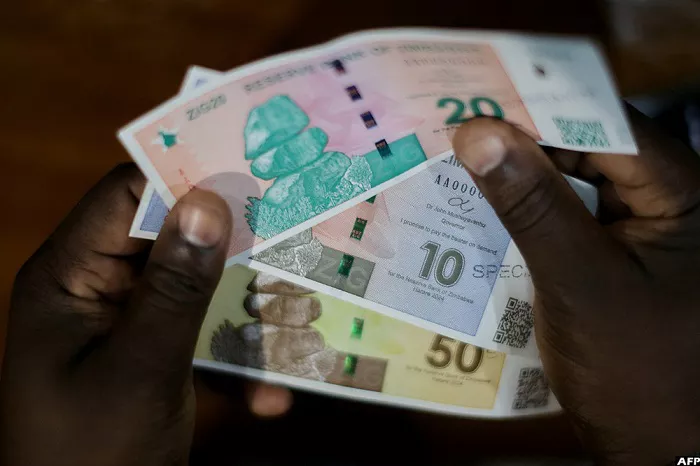Zimbabwe’s gold-backed currency, the Zimbabwe Gold (ZiG), continues to face doubts from the public and financial experts, even though the central bank assures that it is stable and fully backed by reserves. The Reserve Bank of Zimbabwe (RBZ) says the currency is supported by more than 100% in reserves, including 2.5 tons of gold and $100 million in foreign assets.
The ZiG, Zimbabwe’s sixth currency in 15 years, was launched to fight inflation and restore trust in the country’s money system. However, many Zimbabweans still prefer to use the U.S. dollar for daily transactions, as past economic crises have weakened confidence in local currency.
The International Monetary Fund (IMF) has shown support for the ZiG and its potential to become the country’s main currency. Despite this, adoption remains low. Government efforts to encourage its use have not yet overcome widespread skepticism among both consumers and investors.
On Monday, the RBZ kept its benchmark interest rate at 35%, citing stable exchange rates. The bank also reported total reserves of $701 million and said that the use of ZiG in transactions rose to 43% in May from 26% in April, shortly after the currency was introduced.
Last year, Zimbabwe launched the ZiG to tackle years of currency instability and hyperinflation. However, the currency still faces a significant trust gap, as shown by persistent discounts in the parallel market, where ZiG trades below the official rate.
This distrust continues despite the central bank’s claims that the ZiG is fully backed by gold and foreign currency reserves. Zimbabwe’s history of hyperinflation and sudden currency changes has made people wary.
Reserve Bank Governor John Mushayavanhu told Reuters, “ZiG is our national currency, and we are committed to its success by ensuring it remains a reliable store of value.” He added that the bank has learned from past failures that maintaining the right money supply and monetary stability is crucial.
Finance Minister Mthuli Ncube remains hopeful, expecting that ongoing reforms will help secure $2.6 billion in bridge financing by mid-2026.
However, international investors remain cautious. Jetro Siekkinen from LGT Capital Partners told Reuters, “We wouldn’t invest in Zimbabwe at this stage. The country needs much more development before we consider it.”
Analysts also highlight concerns about Zimbabwe’s reserves, noting that the country has only 0.8 months of import cover, far below the IMF’s recommended three months.
Other challenges include past policy mistakes, doubts about gold reserve transparency, limited currency convertibility, and ongoing inflation. A strong black market and continued use of the U.S. dollar also undermine trust.
Without greater transparency and stronger policy credibility, the future of the ZiG remains uncertain.


